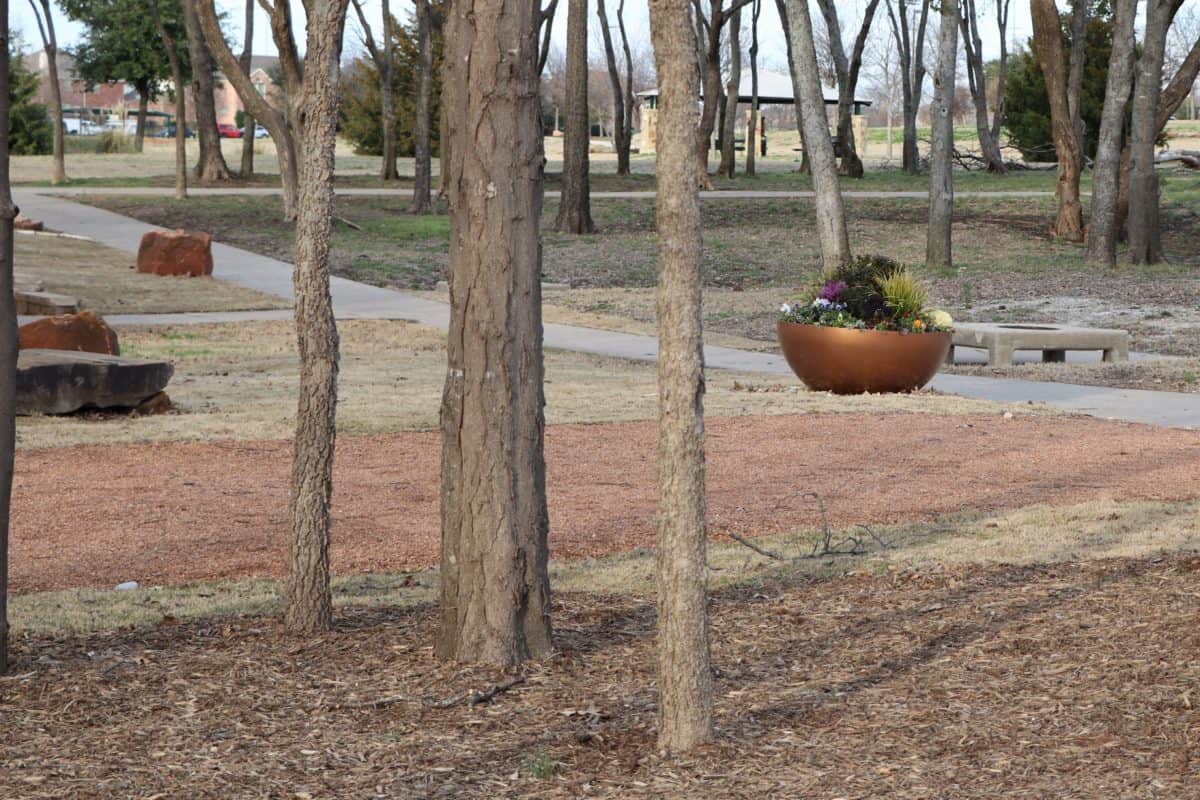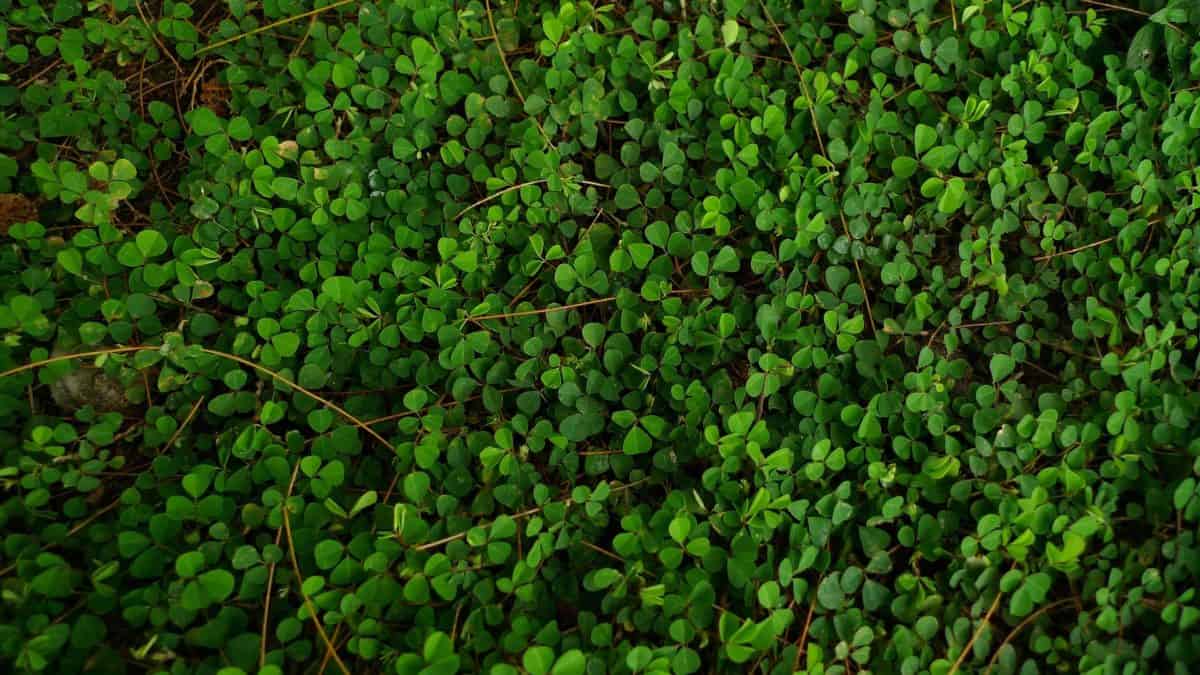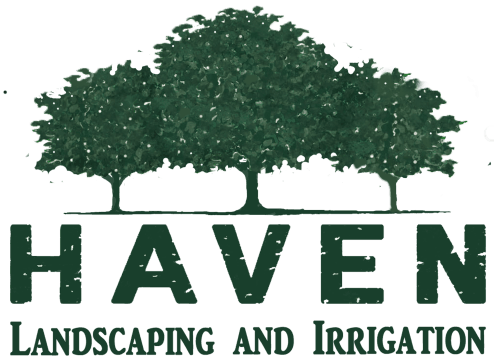
There are many good reasons to find ground cover substitutes for grass, especially in Texas. Grass requires constant maintenance including mowing, fertilizing, overseeding, edging and watering. Lots of watering! Many places in Texas have watering restrictions, especially in drought conditions during the hot, dry months of summer. This makes grass substitutes an important landscaping issue.
Save Time and Money
There are a variety of plants and inorganic materials that make good substitutes for grass. Many of these alternatives require little or no maintenance and most inorganic materials don’t need watering at all. Plants used as ground cover will still need water and some maintenance, but not nearly as much as grass. Obviously, using substitutes saves your company time and money. Not only that, cutting back on fertilizer and pesticides benefits the environment. The latest trends in landscape design use a combination of different types of organic and inorganic ground cover to add beauty and interest to your commercial landscape.
What is Ground Cover?
Ground cover refers to any substance that covers the topsoil and prevents it from washing away. This is extremely important because, without something to hold the soil in place, erosion can

Using Rocks as Ground Cover
A popular and attractive ground cover used in many commercial landscapes is rock-based based material. There are many types, colors, and sizes available such as decomposed granite, gravel, volcanic rock, and stones. The advantages of these inorganic ground covers are that they are durable, long-lasting, and low-maintenance. Another bonus is that they don’t attract insects. Rock-based materials are also permeable, which means they allow water to percolate through and seep into the ground beneath. On the downside, rocks absorb and retain heat. Smaller varieties can get spread into other areas and in most cases, rocks do not provide any nutrients to the soil.
To Mulch or not to Mulch
There are also various types of wood mulch that make a good ground cover in commercial landscapes. When used around plants and trees, mulch reduces evaporation and keeps plants warm in winter and cool in summer. It helps prevent weeds and reduces soil erosion and compaction. Another benefit is that mulch breaks down and adds nutrients to the soil beneath. This also means that mulch needs to be renewed every year or two, making it a recurring cost. It often fades in the sun and can sometimes float and wash away during heavy storms. It is important to have just the right amount of mulch because too much can harm plants and prevent the ground from warming. Too little allows weeds to germinate and doesn’t provide as much protection from harsh temperatures.
Ground Cover Plants
Evergreen plants are also a good ground cover alternative to grass. In Texas, native plants that thrive in drought and heat are good choices. Typically, they are some form of low-growing ornamental perennial plants or creeping shrubs.

Asian Jasmine does well in both sun and shade and is widely used due to its hardiness and affordability. Purple Wintercreeper Euonymus is another popular, hardy variety that thrives in hot, sunny spaces as well as cold weather. English Ivy tolerates both shade and part-sun but is not as hardy in the winter and is less disease tolerant. Silver Ponyfoot is a ground cover alternative that provides a grayish contrast to green plants in the landscape.
Ornamental grasses or self-seeding annuals are also options to consider. Mondo grass and Liriope are two popular grassy plants that are used both for borders and ground cover. There are so many good plants to choose from but selecting the right plants will help reduce maintenance and watering costs. Preparing the ground before planting is also key to successfully growing plants for ground cover.
There are many options available to replace grass but a combination of stones, mulch, and plants of varying size and color can be both practical and aesthetically pleasing. A good commercial landscaper can work with you to come up with the best landscape design for your company.

